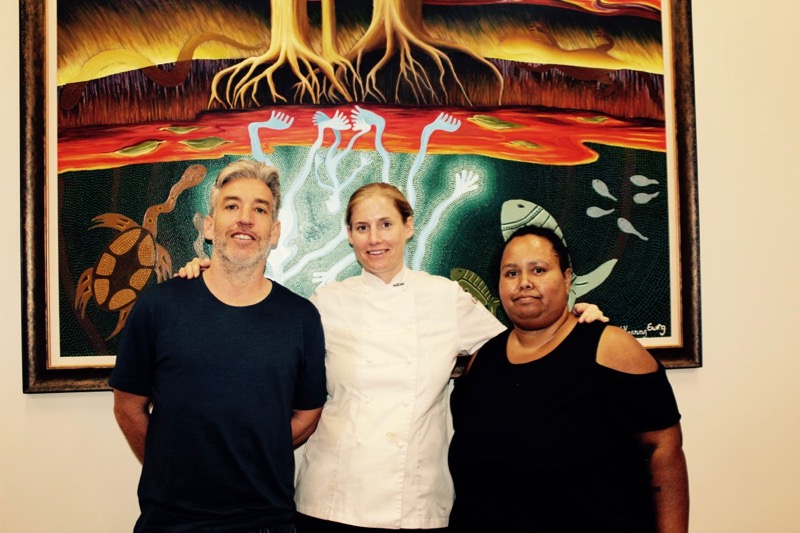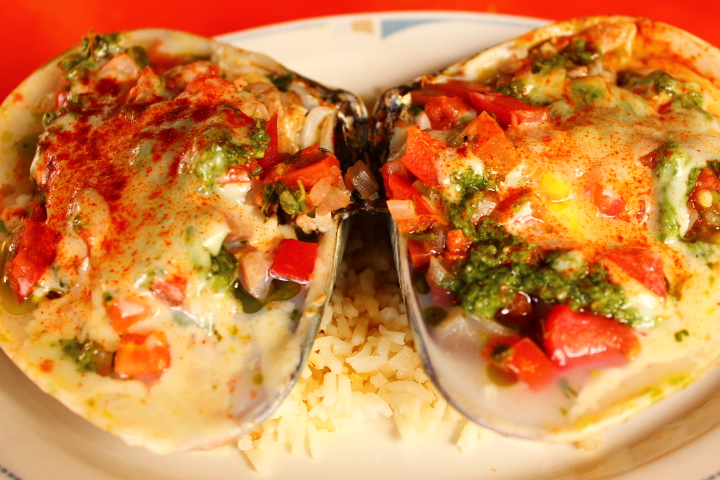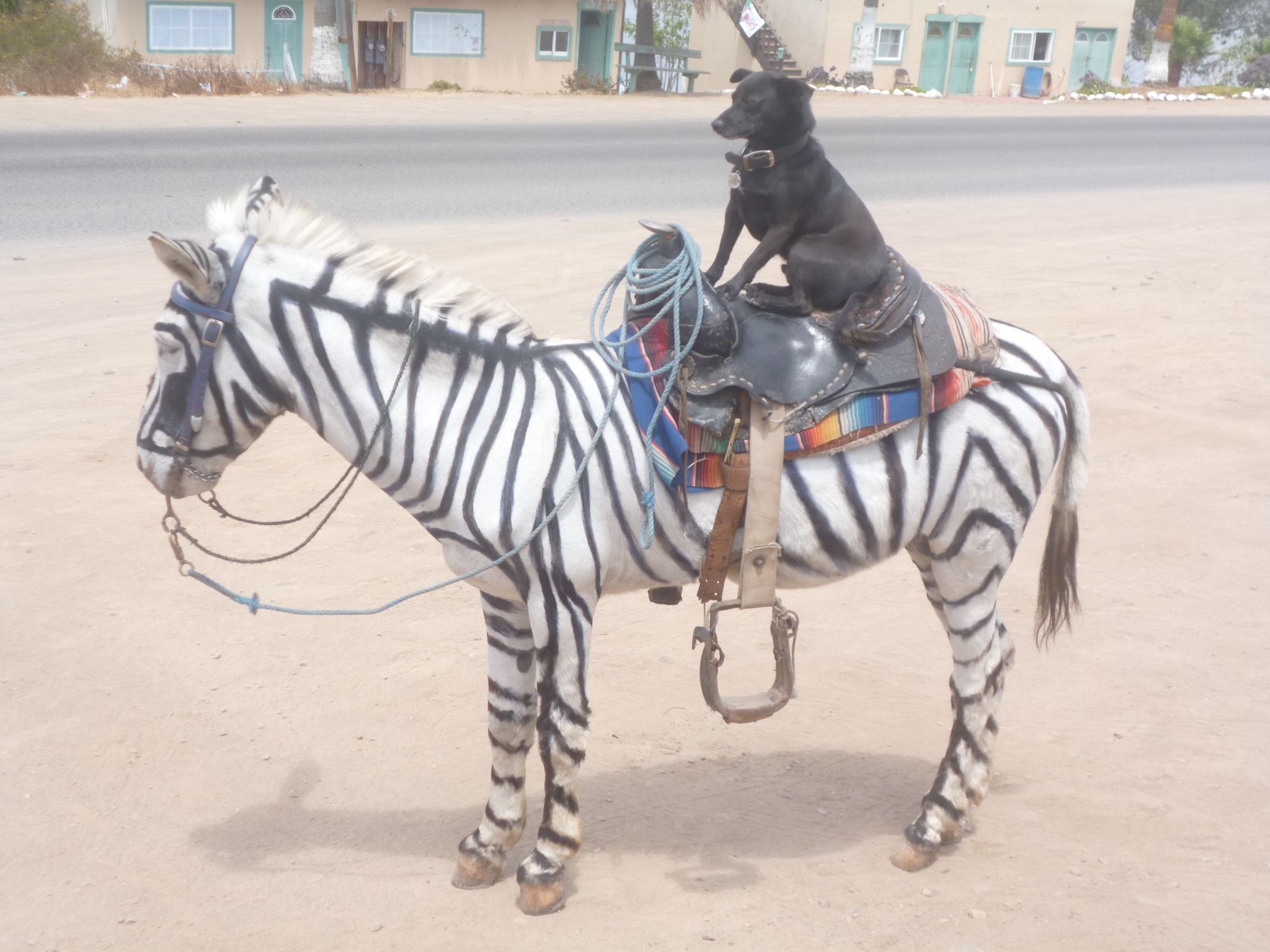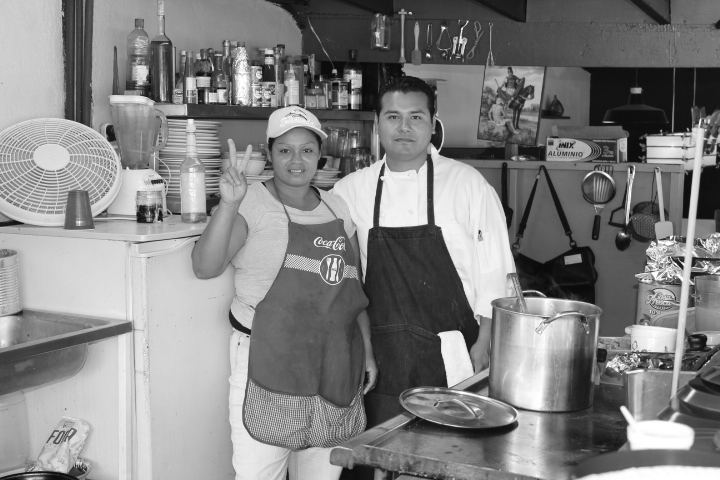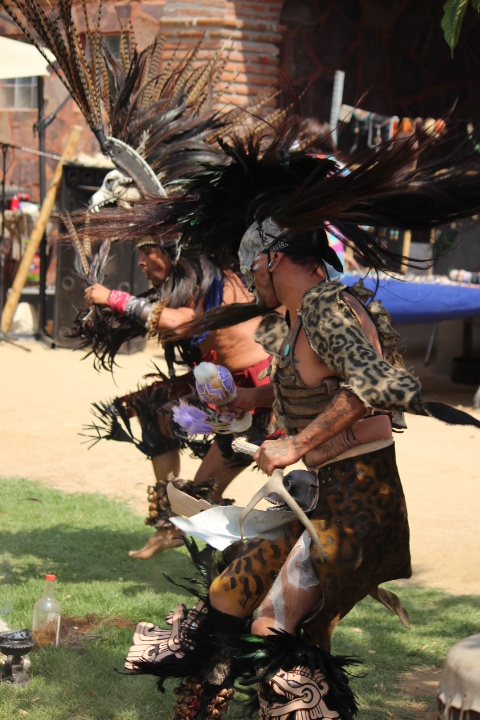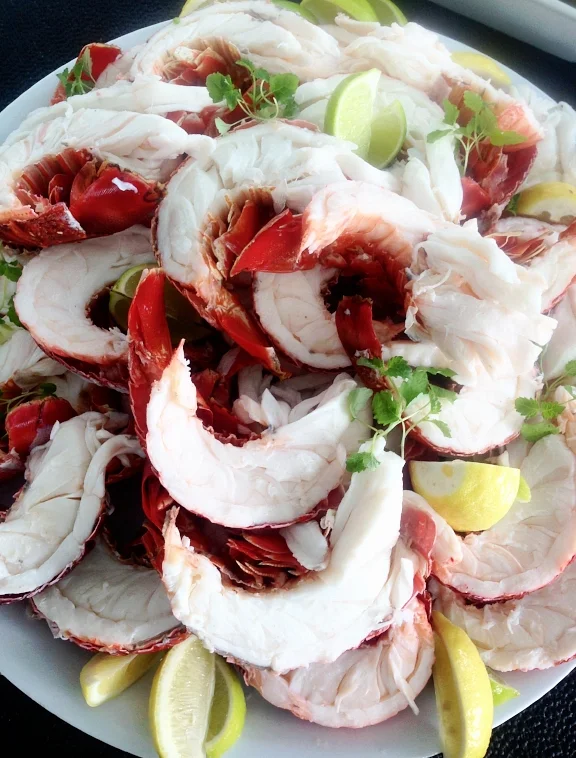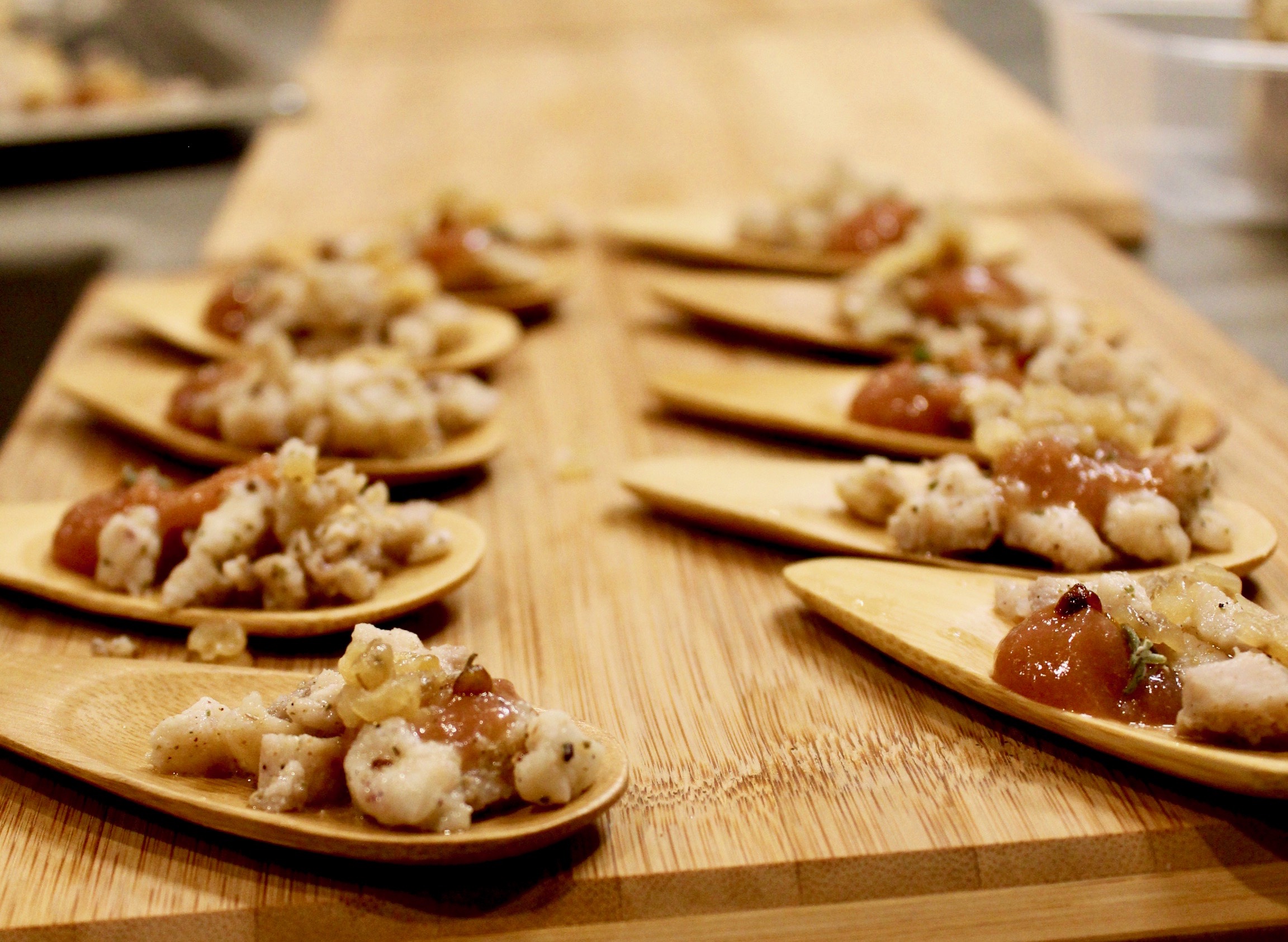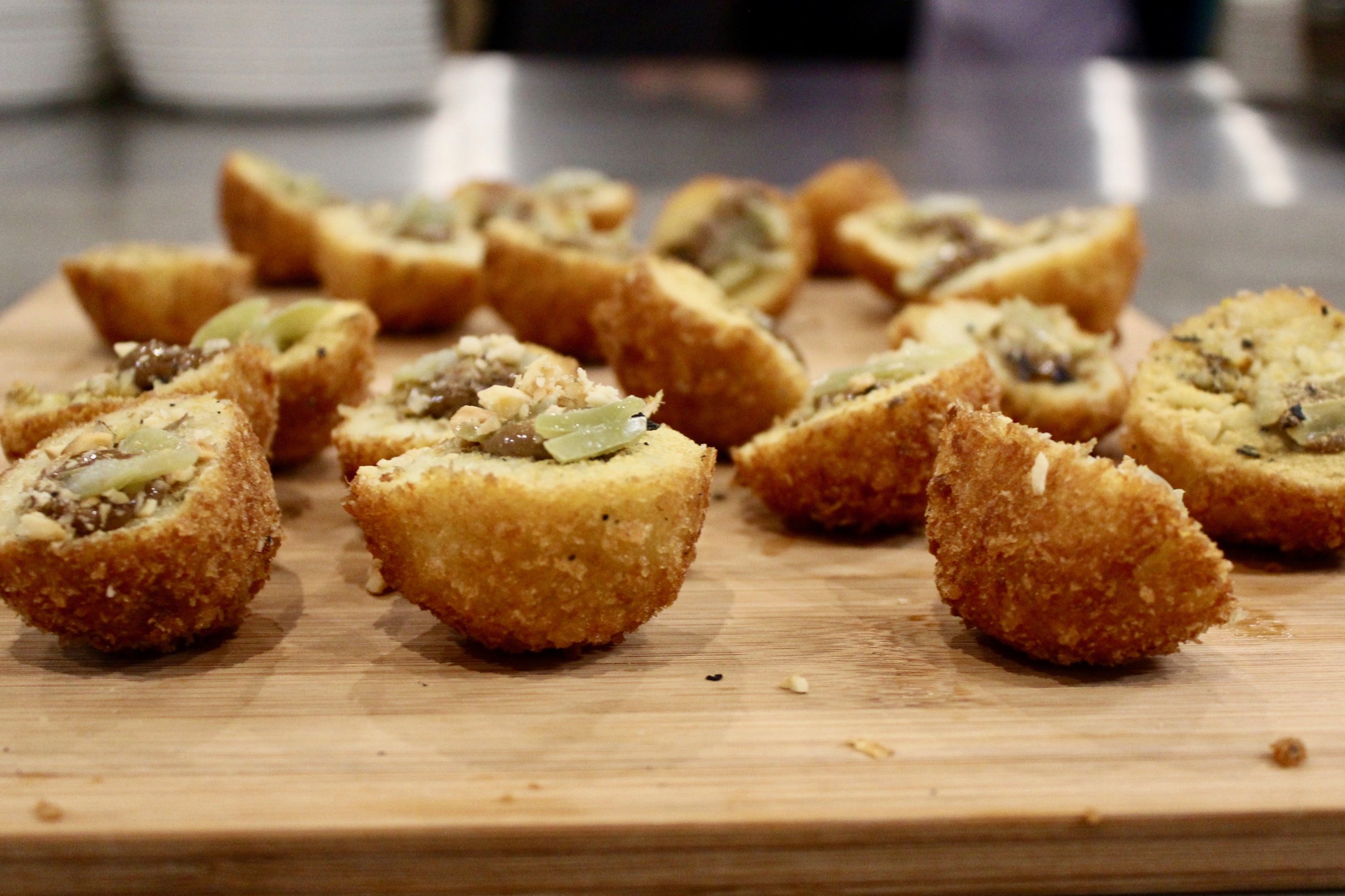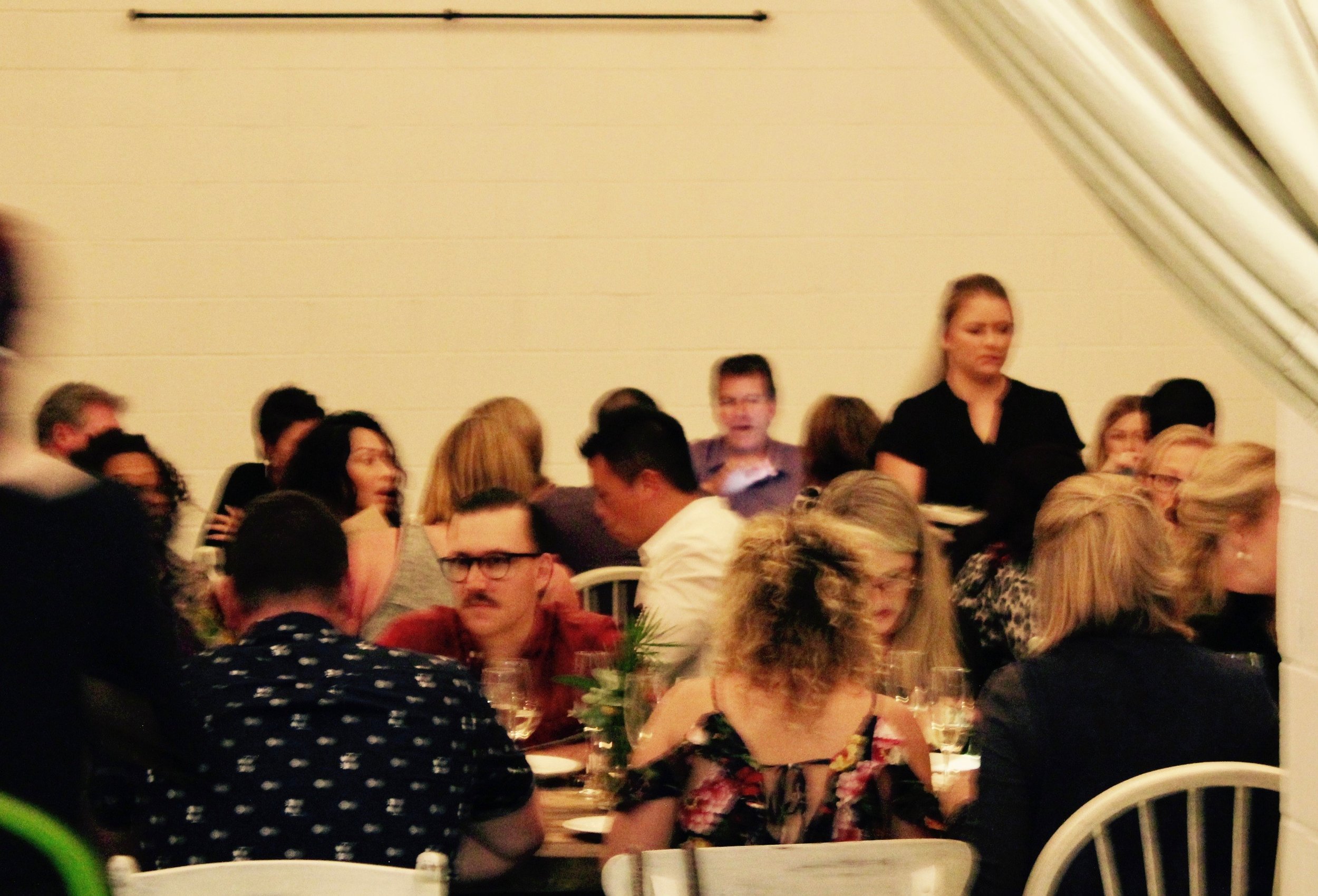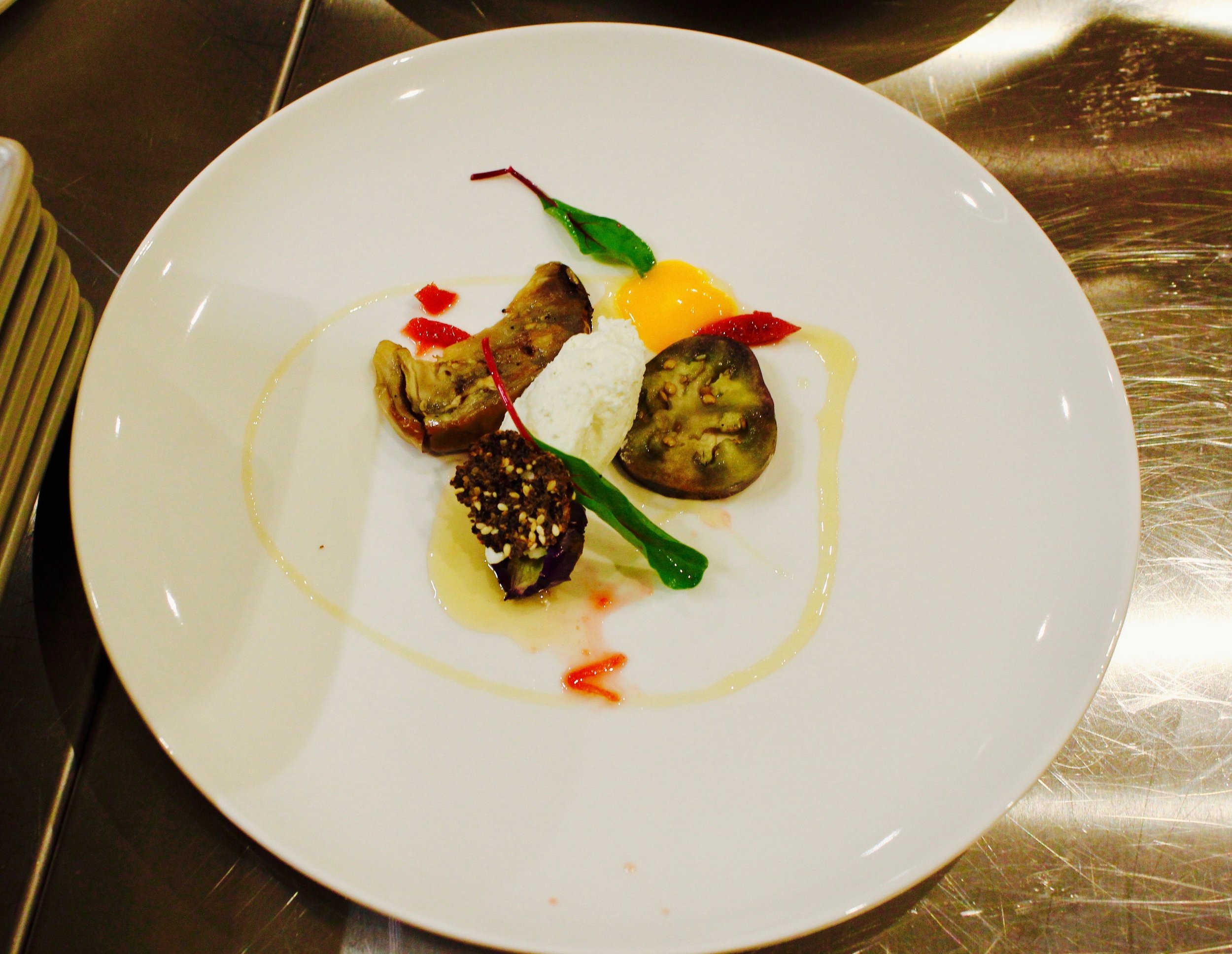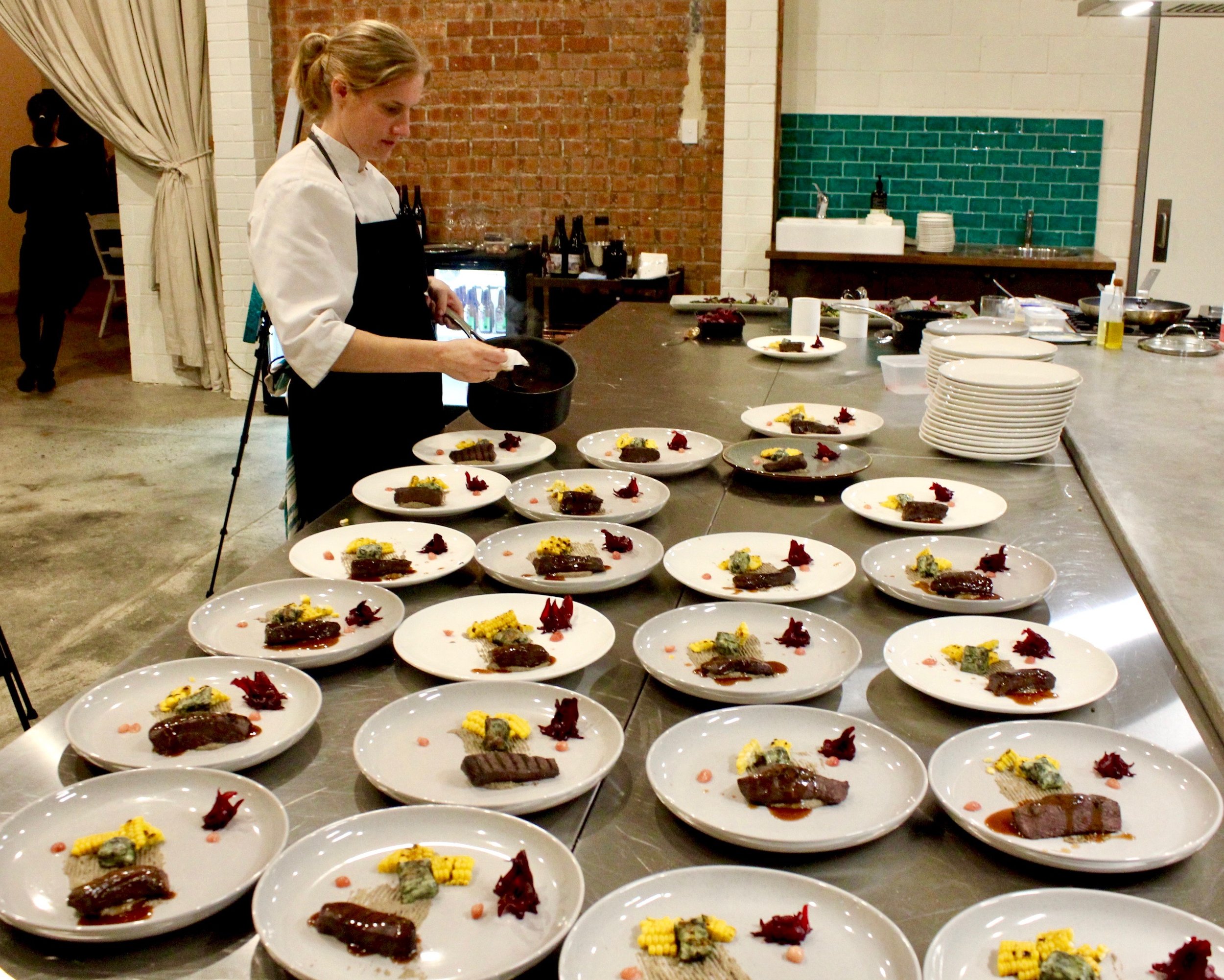The seasons of Makuru and Djilba were the traditional times of the year when Noongar people would hunt and eat Kangaroo, Emu and Emu eggs, possum and bandicoots, to name just a few. They did not farm raise animals or cultivate the land, but instead followed the six seasons carefully and took cues from the land with regards to food sources and land management.
Emu was an extremely valuable source of food for aboriginal people and it required a huge amount of skill to hunt them........... have you seen an Emu run?! Once caught, it was skinned, feathers saved, and roasted on the fire or under coals.The fat from the intestines was considered a delicacy.
Perfect when cut across the grain and grilled medium rare, a beautiful piece of emu fan fillet still features prominently on menus throughout Australia. Marinate a nicely portioned piece of fan fillet in wattle seed, garlic and rosella juice before quickly pan-searing. Emu is extremely lean and high in iron, protein and vitamin C. Over-cooking the meat will therefore draw out all moisture and juiciness and leave your fillet tough and very 'gamey' tasting. The emu drums and rump fillets can also be slowly braised to create a succulent wintery meal.
Another beautifully rich treat is Emu eggs. They do take some time to cook and one emu egg is the equivalent in size to about 20 chicken eggs, so be sure to have at least five people around for frittata! They taste quite mild, less rich than duck eggs, but also have a higher content of oil than chicken eggs.
In some areas of Australia the eating of emu eggs was in fact forbidden, such as with the Walgalu people of the Tamut Valley in NSW, where the emu population was sparse and over exploitation of any animal when it came to hunting was strongly discouraged for fear that it would become extinct.
Observing seasonality and sustainability with regards to all food sources, especially emus and their eggs, was of great importance to the aboriginal people. They only took from the fat of the land and nothing more. Try emu and emu eggs when in season for a truly delicious and nutritious meal and consider seasonality. Emu recipes are welcome.........





